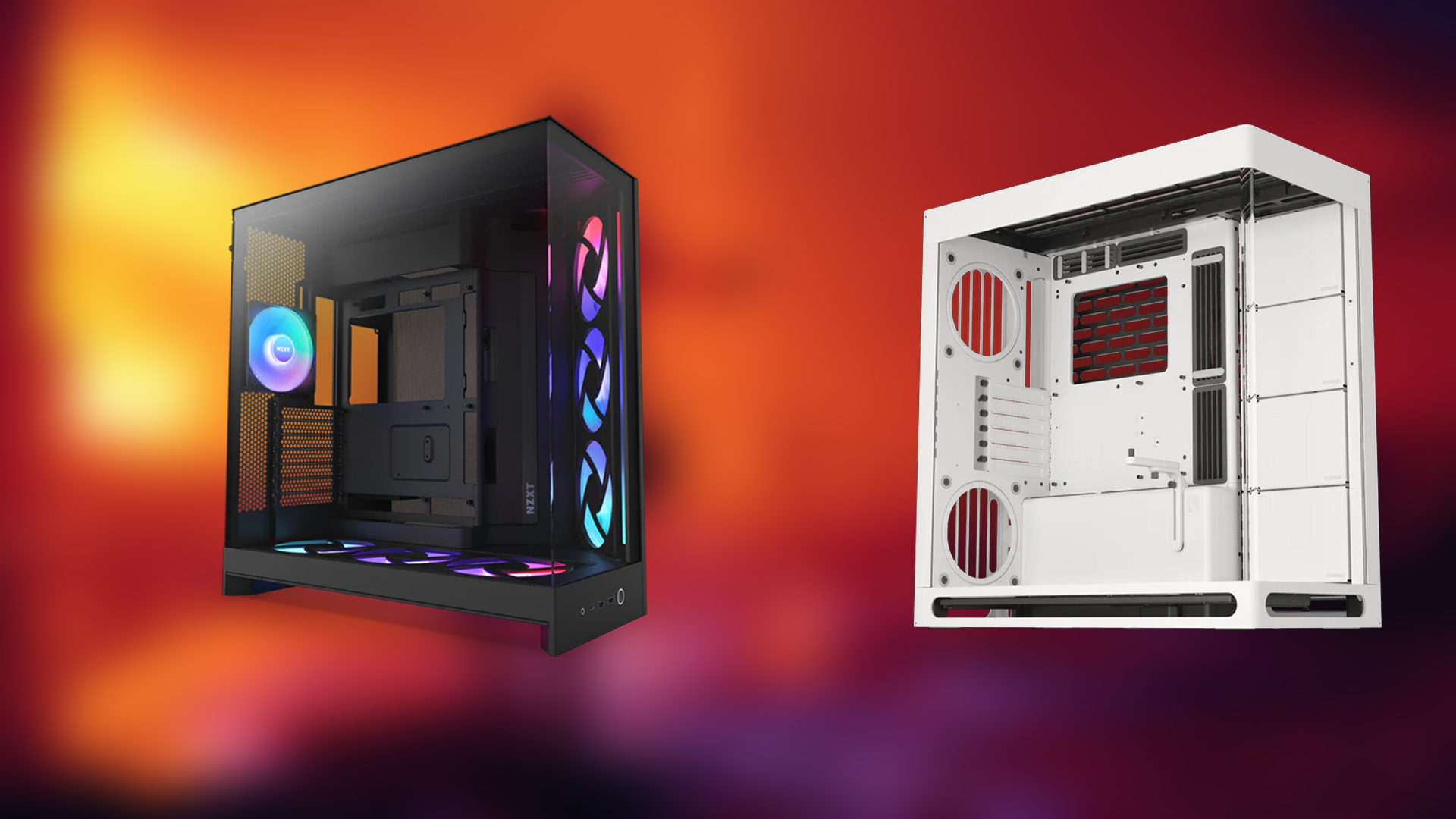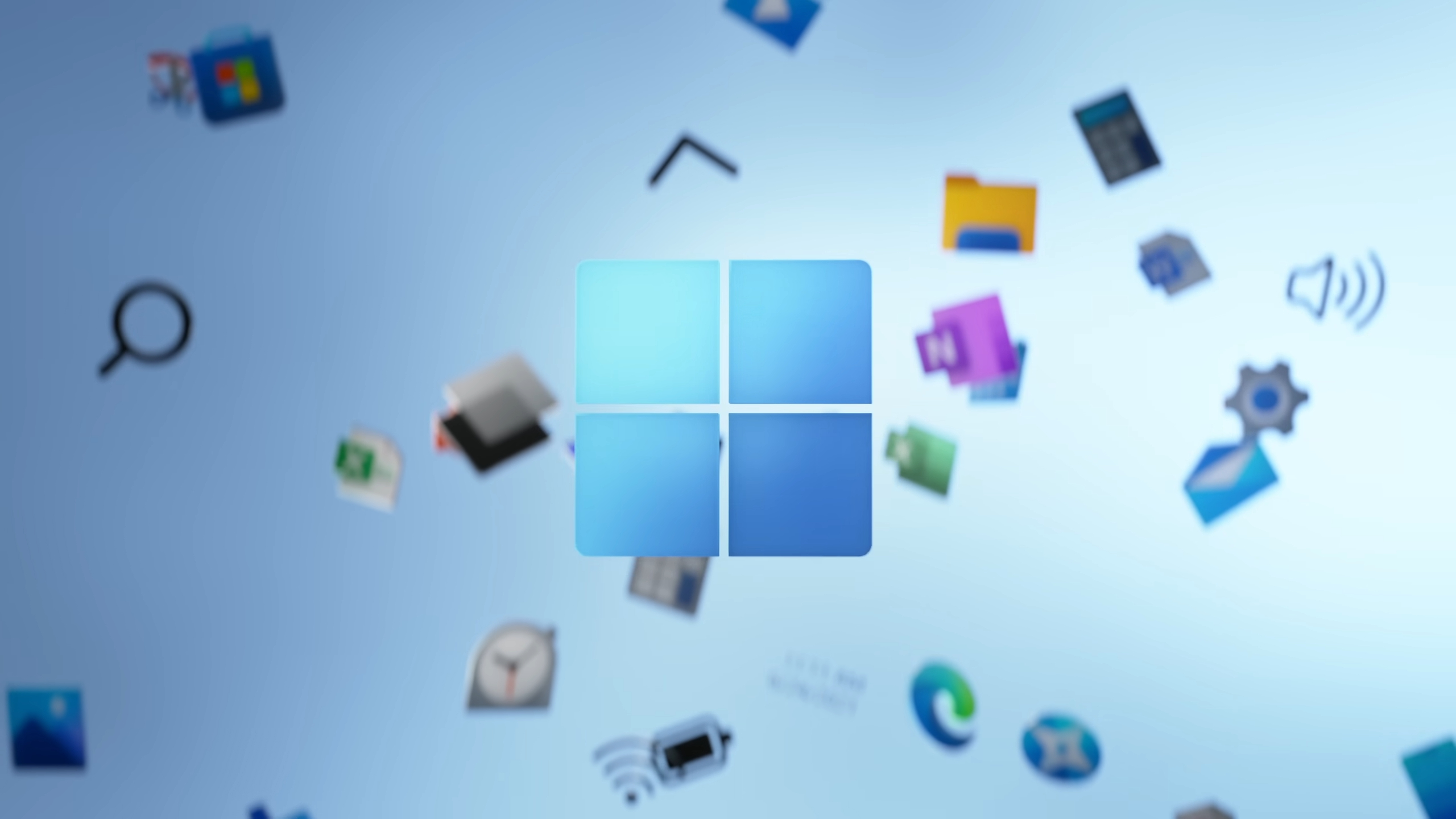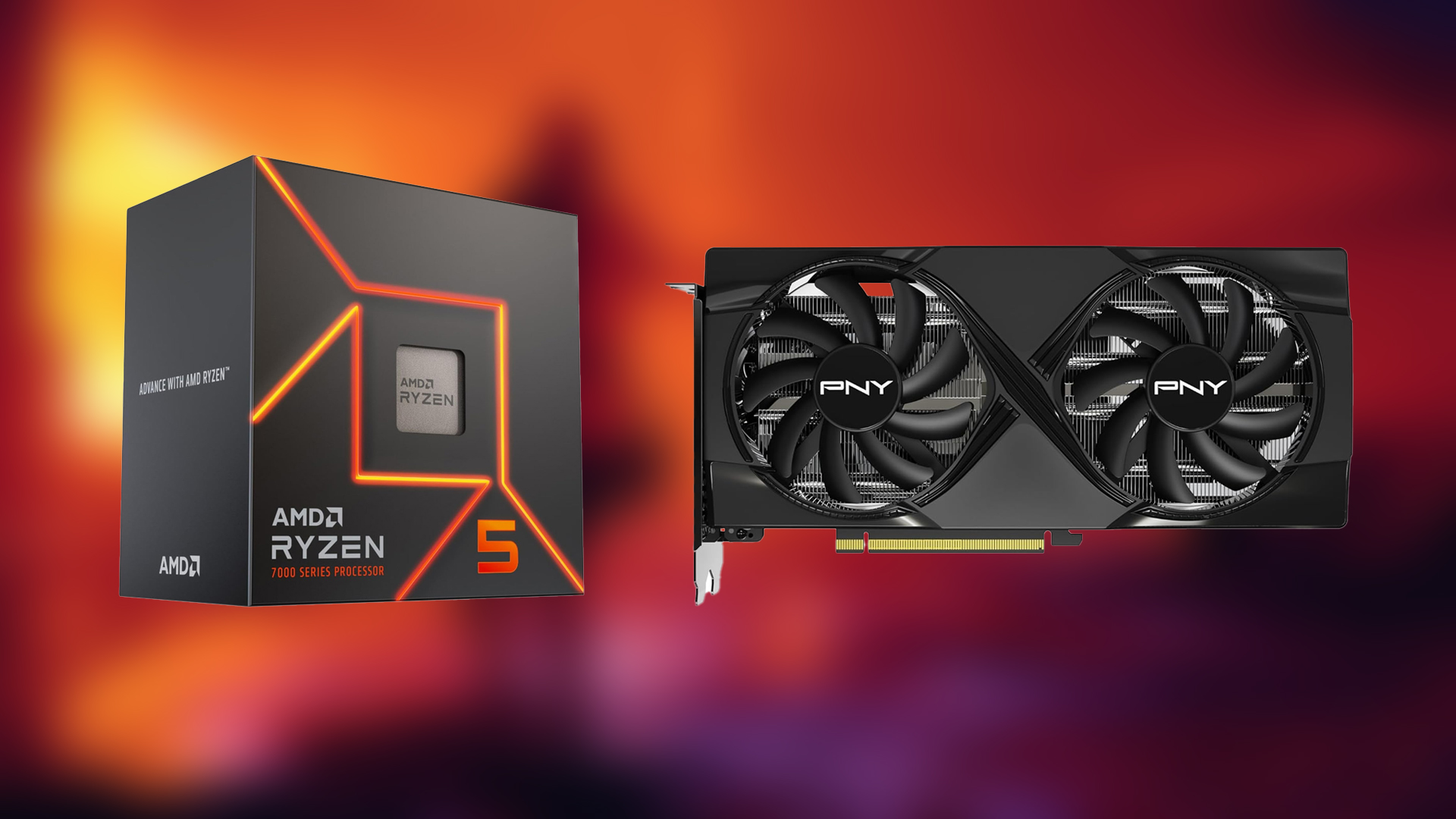Discover which graphics API, DX11 or DX12, to use on Dying Light The Beast, with key considerations such as asynchronous compute and more.
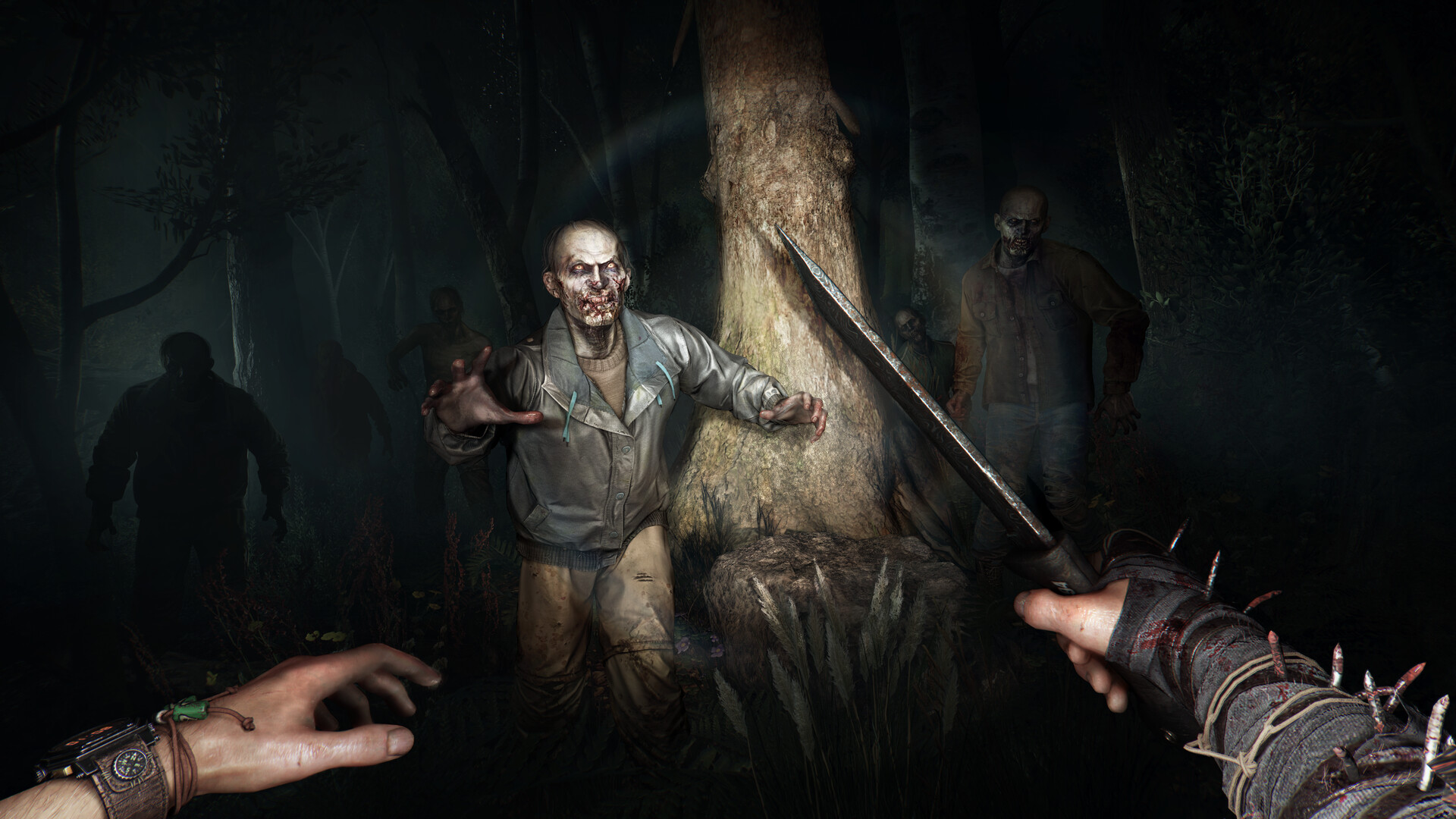
Choosing the correct graphics API in Dying Light The Beast directly impacts how performant the game is. In our testing, we observed that the game can range from being highly playable to simply unplayable. Here’s a deep dive to help you make the right call.
Read More: Dying Light The Beast: Best Settings for 60 FPS
Short Answer: DX11 or DX12 in Dying Light The Beast?
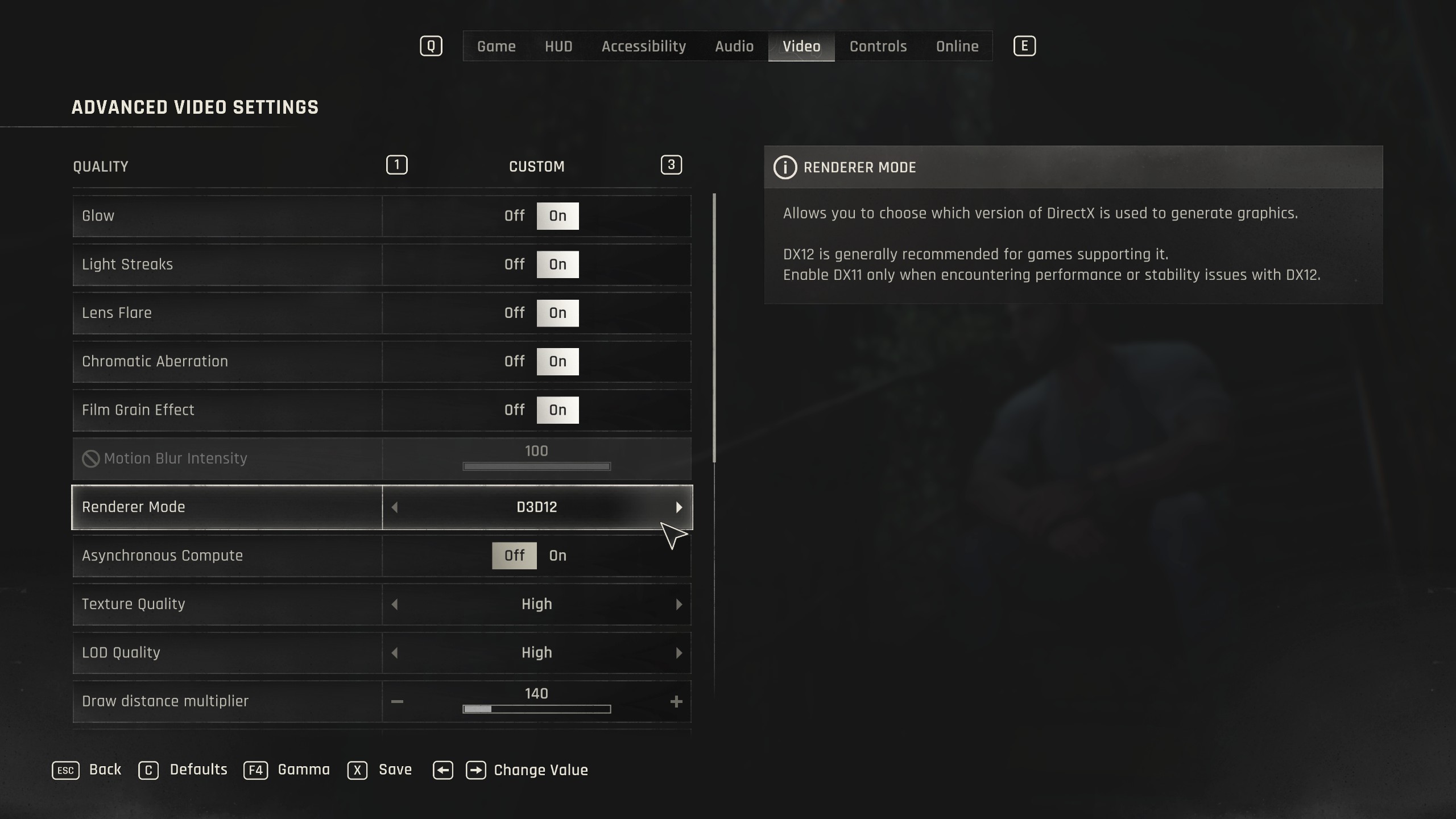
For modern GPUs: (GTX 16 Series, all RTX GPUs) and AMD (RX 5000+), use DX12. For older GPUs: (GTX 10 Series), use DX11. With that out of the way, now let’s explore why this is the case.
Note: RX Vega and Polaris GPUs also perform better with DX12, but AMD has discontinued active driver support and in-game optimizations for them.
DX12: For Modern Hardware
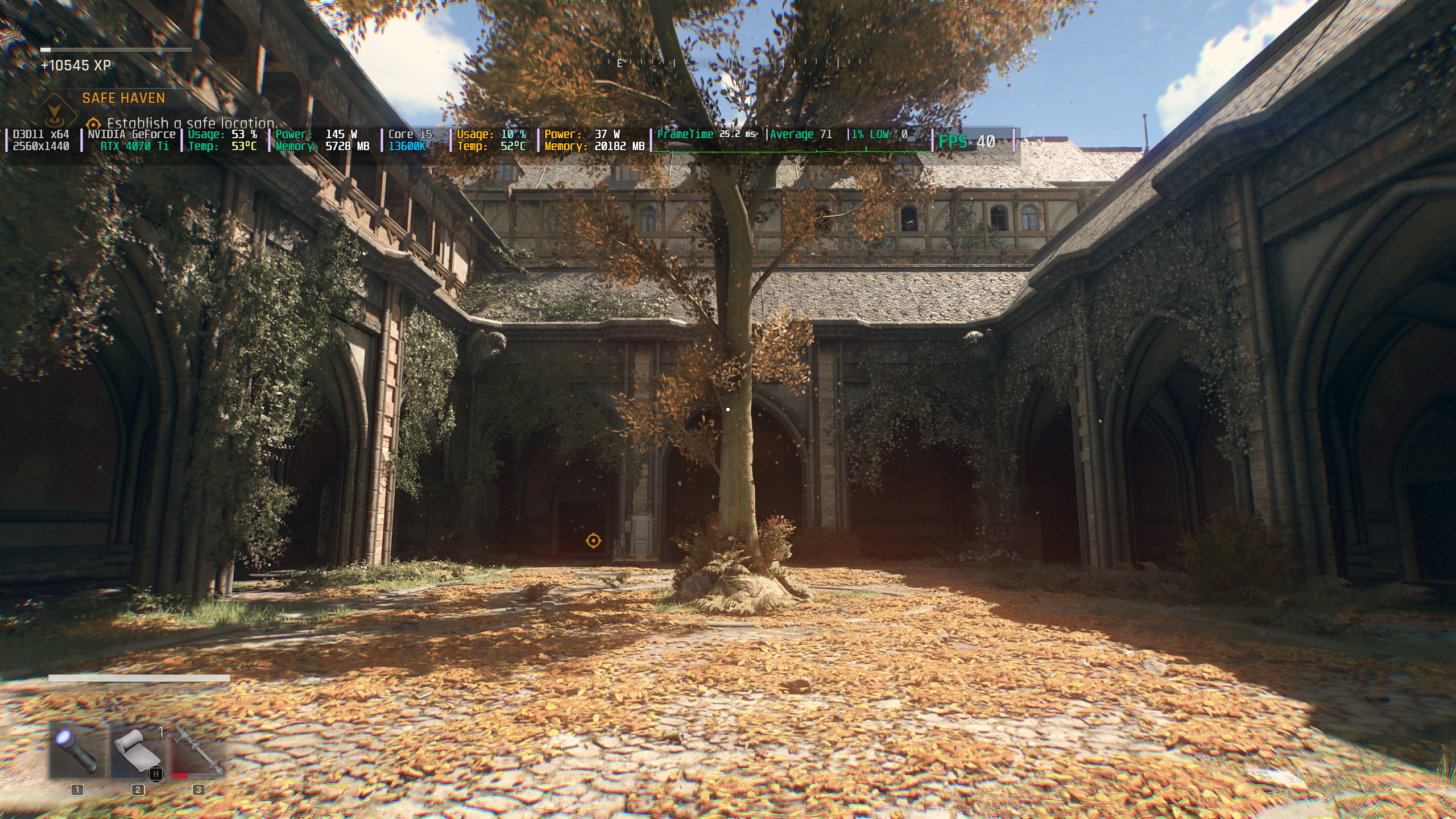
Dying Light The Beast is built using Techland’s in-house C-engine. This time, the game’s developers customized the engine to leverage advanced rasterization techniques without compromising performance.
Technically, the game is well optimized on PC and runs very well on entry-level cards. However, using DX11 on a high-end modern system literally halves the frame rate. Not only that, but it also unnecessarily spikes CPU usage. The game actively warns against using DX11 only if there are severe performance issues, such as modern API support being entirely missing from a GPU.
The system we tested consists of an Intel Core i5-13600K and an RTX 4070 Ti. With the very high settings, as shown in the picture above, 40 FPS with DX11. The actual frame rate that DX12 offers is around 75 FPS (with DLAA) and 80 FPS (with TAAU).
Asynchronous Compute
One of the most essential features that DX12 brought up is Asynchronous Compute. This technology enables GPUs to process both compute and rendering workloads simultaneously, thereby maximizing architectural efficiency and performance. Modern cards, including those from the GTX 16 Series / all of RTX Series, as well as the AMD RX 5000 Series+, benefit the most.
Upscaling and Feature Support
Rendering operations on the DX12 API are mandatory to ensure that upscaling features function correctly. DLSS, in our case, worked with DX11, but the image quality was unusable. FSR is available on both DX11 and DX12, but works better on DX12. Native frame generation and Intel XeSS are exclusive to the DX12 API.
DX11: For Legacy Hardware
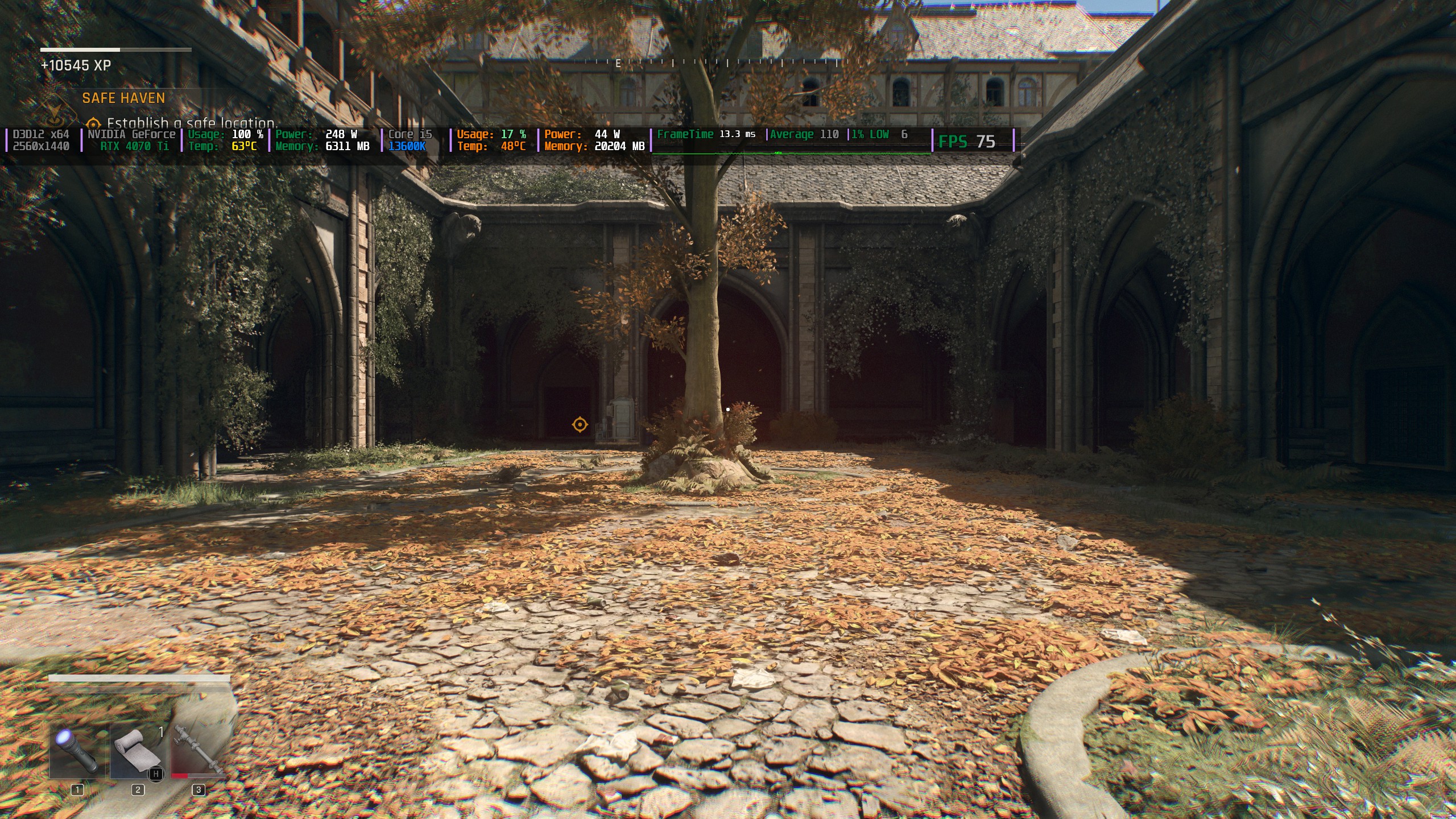
DX11 lacks features such as asynchronous compute. GTX 10 series supports DX12 and software-level asynchronous compute instead of having hardware support for the technology. For this reason, the GTX 10 Series will perform poorly on the DX12 API when the feature is enabled.
For these cards (GTX 10 Series), using DX11 will yield the best performance, resulting in improved GPU utilization and fewer stutters. If required, you can also use FSR to upscale within the game.
The only thing you will be missing out on here is software-based advancements, such as native frame generation, efficient upscaling, mesh shading, and more. However, Lossless Scaling is an incredible alternative that offers adaptive frame generation externally and is the way to go for gamers looking to implement frame generation on legacy hardware.
Read More: Dying Light The Beast Stuttering On PC: Possible Fixes Explored

We provide the latest news and create guides for Dying Light The Beast. Meanwhile, you can check out the following articles or catch us playing games on YouTube:
 Reddit
Reddit
 Email
Email
